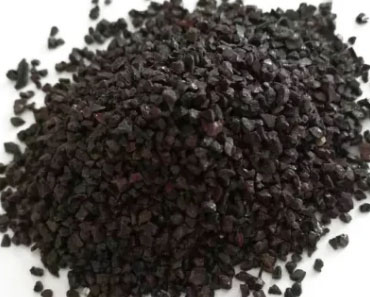
Refractory materials are an integral part of various industries, enabling the construction of structures that withstand extreme temperatures and harsh environments. This article explores the characteristics and applications of refractory materials, highlighting their importance in achieving industrial excellence and reliability.
Refractory materials are specialized substances with high melting points and excellent thermal resistance. They are designed to withstand extreme temperatures, chemical corrosion, and mechanical stress. These materials are typically used in the construction of linings, coatings, and shapes for furnaces, kilns, reactors, and other high-temperature industrial equipment.
Refractory materials are classified into three main categories based on their composition: acidic, basic, and neutral. Acidic refractories, such as silica and alumina, have high resistance to acidic environments and find application in industries involving chemicals and glass manufacturing. Basic refractories, such as magnesite and dolomite, exhibit excellent resistance to basic substances and are commonly used in steelmaking and cement production. Neutral refractories, like chromite and carbon, are versatile materials suitable for a wide range of applications.
Refractory materials play a critical role in industries that operate under high-temperature conditions. In the iron and steel industry, refractories line the walls of blast furnaces, converters, and ladles to withstand the intense heat and chemical reactions involved in the production process. In the glass industry, refractory linings in glass tanks and furnaces enable the melting and shaping of glass at elevated temperatures. Refractories are also essential in petrochemical plants, power generation facilities, and cement kilns, where they provide insulation and protect equipment from extreme heat.

Various types of refractory materials cater to specific industrial needs. Fireclay refractories, composed primarily of alumina and clay, are cost-effective and commonly used in non-ferrous metal processing and ceramic industries. Silica refractories, made from high-purity silica, excel in thermal insulation and are utilized in the glass and ceramic industries. Magnesite refractories, with high magnesium oxide content, offer excellent resistance to basic environments and are widely employed in the steel industry. Other refractory materials include chromite, carbon, zirconia, and alumina-based materials, each with unique properties for specific applications.
Advancements in technology have led to the development of advanced refractory materials with enhanced properties. These include low thermal conductivity materials for improved energy efficiency, high-purity materials for greater chemical resistance, and specialized coatings to protect against thermal shocks. Refractory manufacturers are also focusing on developing environmentally friendly materials that reduce emissions and minimize the environmental impact of industrial processes.
Refractory materials will continue to play a vital role in high-temperature industries, ensuring efficiency, reliability, and safety. Ongoing research and development aim to enhance the performance of refractories, including increasing their service life, reducing thermal losses, and improving resistance to chemical corrosion. Additionally, the development of novel manufacturing techniques and sustainable materials will contribute to a more sustainable and efficient industrial landscape.
In conclusion, refractory materials are essential components in industries requiring resistance to high temperatures and harsh environments. Their applications in steelmaking, glass manufacturing, petrochemicals, and cement production are crucial for achieving industrial excellence. With ongoing advancements and the development of advanced refractory materials, industries will continue to benefit from improved efficiency, reliability, and sustainability.

Write a Message